Welcome, fellow coffee aficionados, to our all-encompassing guide – “Decoding Coffee Blends: A Comprehensive Guide to the World’s Best Combinations.” In the vast universe of coffee, it can be easy to feel lost, with a myriad of terms and names adorning coffee bags. A particular point of interest for many coffee lovers and novices alike is the intriguing world of blend coffee. Here, we will unravel the secrets of these compelling concoctions and help you navigate this vibrant realm with ease.
In this guide, we will take you on a journey through the art and science of creating this coffee mixture, the unique characteristics that distinguish one blend from another, and the factors to consider when choosing a blend that suits your personal taste. Whether you’re a fan of a robust breakfast blend coffee to kickstart your day or simply curious about how these blends come to be, this guide will provide you with the information you’re craving.
In the captivating world of coffee, where diverse flavors meet, we invite you to discover the harmony in the blend. Let’s dive into the journey that takes us from the coffee farm to the fragrant cup in your hand. Let’s decode these blends together.
Coffee Blends: Key Takeaway
- Understanding Coffee Blends: Coffee blends are a careful combination of different coffee beans, meticulously chosen to achieve a balance of flavors. The art of blending, when done right, can create a coffee that surpasses its individual components in flavor and complexity.
- The Diversity of Coffee Blends: There is a multitude of combinations available worldwide, each with a unique flavor profile and story. From the balanced Espresso blend to the festive Christmas blend, each brings a unique sensory experience to the coffee lover.
- The Making of Coffee Blends: The process of creating these coffee combinations involves selecting and roasting beans, and carefully blending them in specific ratios. The roasting process plays a significant role in the final taste of the blend, and the impact of different processing methods can alter the flavor profile drastically.
- Choosing the Right Blend: Choosing a mixture depends on various factors including individual flavor preferences, the time of day, and even the type of meal it will accompany. Understanding coffee labels and having a basic knowledge of tasting and evaluating coffee can aid in choosing the right blend.
- Coffee Blends and Global Coffee Culture: Coffee blends have a significant cultural impact and play a substantial role in shaping the specialty coffee industry. They reflect the trends of the coffee industry, including shifts in consumer preferences, innovations in processing and blending, and sustainability efforts.
What Are Coffee Blends?

In our quest to decode these concoctions, it’s crucial to first establish a foundation of understanding. This section will clarify what coffee blends are, exploring the intricate art and science behind their creation, and outlining their significant role in the global coffee industry. So let’s dive into this fascinating realm of blended coffee and discover the magic that happens when diverse beans come together.
Defining Coffee Blends: An Introduction
Coffee blends, as the name suggests, are a mixture of different coffee beans combined to create a distinct flavor profile. This blending is not done haphazardly. In fact, each mixture is a carefully crafted medley of beans chosen to balance flavors, maintain consistency, and often, achieve a desired taste that’s not achievable with a single-origin coffee.
- Variety: A blend can comprise beans from different countries, regions, or even different varieties from the same region.
- Harmony: Blending isn’t just about tossing together different types of beans. Instead, it’s a pursuit of harmony where the characteristics of each bean interact with each other to produce a unique taste.
- Consistency: Blending also plays a significant role in maintaining flavor consistency, especially important for coffee brands to ensure a uniform taste experience for consumers across different batches and seasons.
How Does it Compare to Single Origin Coffee Beans?

Single-origin coffees, on the other hand, come from one specific region, country, or even a single farm. These coffees are like a solo performance, showcasing the unique characteristics of their specific growing region.
- Uniqueness: The allure of a single origin lies in its unique flavor profile, which can be influenced by factors like soil, climate, and processing methods in its region of origin.
- Traceability: With single-origin coffee, you can trace your cup of coffee back to its source. This is appealing to coffee lovers interested in the sustainability and ethics of coffee production.
- Educational Value: Drinking single-origin coffee can be an educational experience. It offers an opportunity to learn about different coffee-producing regions and the unique flavor profiles that each area imparts on its beans.
- Seasonality: Unlike blends, single origin coffees can vary throughout the year based on the coffee harvest seasons. This provides a unique opportunity to enjoy a variety of coffees at their peak freshness.
In summary, whether you prefer coffee blends or single origin comes down to personal preference. The beauty of the coffee world lies in its diversity, and there’s plenty of room for both the harmonious melodies of blends and the solo performances of single origins. Enjoy the journey of discovery!
The Art and Science Behind Blending Coffee

The creation of these mixtures is both an art and a science, marrying sensory experience with technical precision. The process begins with the selection of beans based on their individual taste profiles, considering factors like body, acidity, coffee aroma, and sweetness. The chosen beans are then tested in various combinations until a desirable blend is achieved.
- Selection: Roasters taste beans from various regions and elevations, assessing their individual attributes. It’s a meticulous process as each bean brings its own unique characteristics to the blend.
- Experimentation: The roaster will then experiment with various ratios of these beans, carefully adjusting the proportions to achieve the desired flavor profile.
- Consistency: Once a blend is finalized, the challenge is to maintain the consistency of that blend. This requires continual taste testing and potential adjustments as the beans’ characteristics can change with each new harvest.
The Role of Coffee Blends in the Coffee Industry

These concoctions hold a prominent place in the coffee industry, contributing significantly to the diversity of flavors available to consumers. Here are some reasons why blends are so integral:
- Diversity: These mixtures create an opportunity to experience a wide array of flavors in a single cup. This not only appeals to a broader range of consumer palates but also offers an interesting twist to the coffee-drinking experience.
- Brand Signature: Many coffee companies have signature blends that are unique to their brand. These blends are a way for brands to differentiate themselves in a crowded marketplace.
- Cost and Availability: Blends allow for flexibility in terms of cost and availability. In case a particular type of bean becomes unavailable or too expensive, roasters can replace it with a similar-tasting bean to maintain the blend’s overall flavor profile.
By understanding these factors, it’s clear why blended coffee holds a pivotal role in shaping the dynamic coffee landscape we see today.
Famous Coffee Blends and What Makes Them Unique
Every mixture brings its own unique combination of flavors and aromas, contributing to a vast spectrum of sensory experiences for coffee lovers. Below, we dive into some of the most famous coffee blends and their unique characteristics.
Understanding Espresso Blends
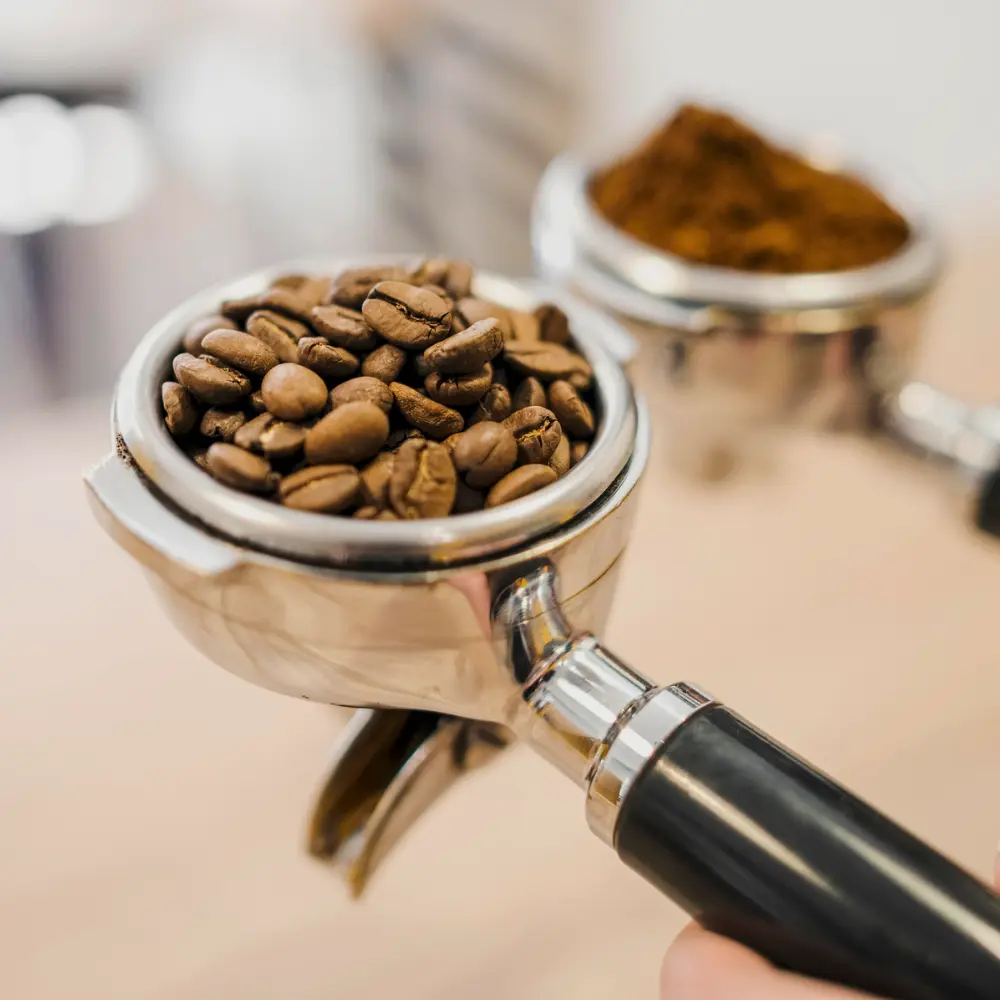
Espresso blends are a carefully crafted medley of beans, expertly designed to create a robust, balanced flavor that holds up under the high-pressure extraction of an espresso machine. Typically made up of beans from various regions, espresso blends aim to strike a balance between sweetness, acidity, and bitterness to ensure a perfect shot of espresso every time.
- Balance: The art of creating an espresso blend revolves around the concept of balance. Master roasters painstakingly select and combine beans that can deliver a consistent, well-rounded flavor, even when subjected to the concentrated brewing process of making espresso.
- Versatility: Espresso blends are not only for espresso drinks. These blends are also fantastic choices for brewing methods that benefit from a bold, rich flavor, like the French press or Moka pot.
- Pros: Espresso blends offer consistency in flavor, are versatile, and can stand up to various brewing methods. They also complement milk or creamer well, making them a popular choice for espresso-based drinks like lattes and cappuccinos.
- Cons: Some coffee enthusiasts may find espresso blends too bold or intense for their taste. These blends can sometimes lack the nuanced flavors and unique characteristics found in single-origin coffees.
Spotlight on Mocha-Java: The World’s Oldest Coffee Blend
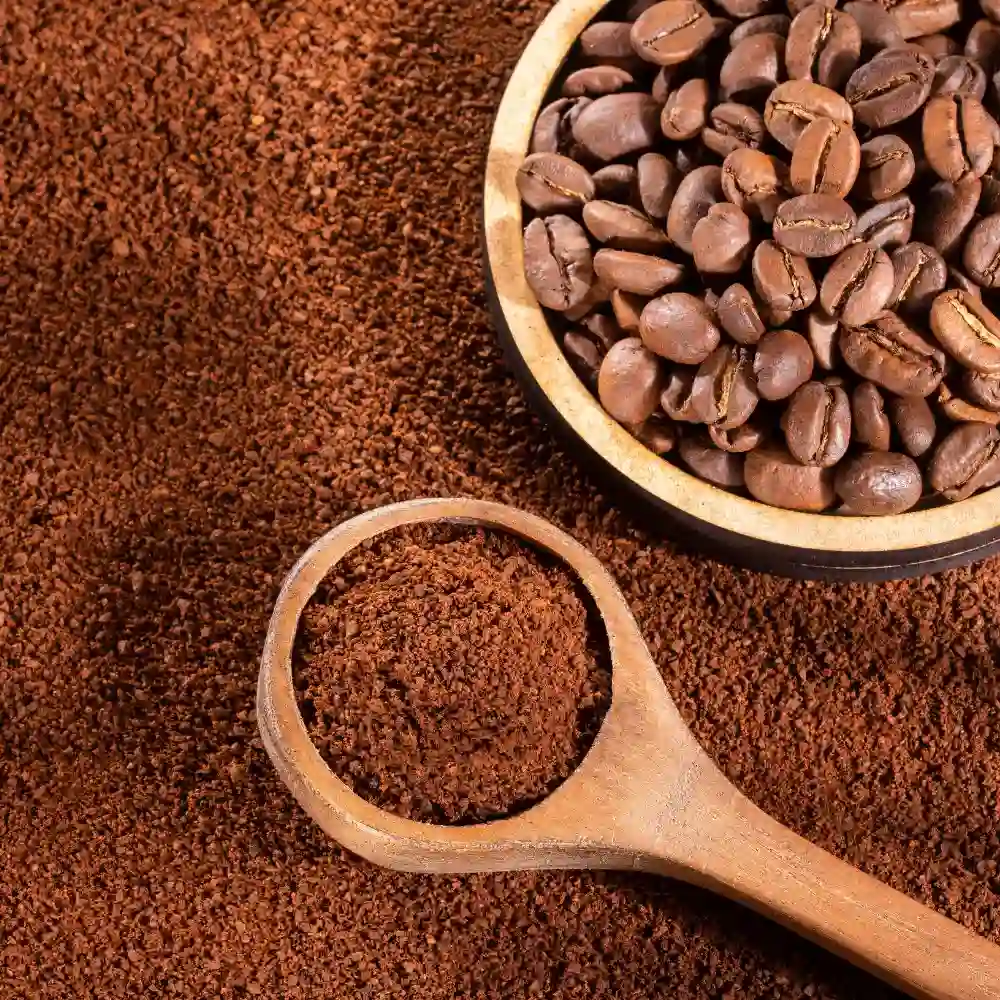
Mocha-Java holds the distinguished title of being the world’s oldest recorded concoction. It combines Yemen’s Mocha coffee, celebrated for its distinctive fruity, wine-like nuances, and Indonesia’s Java, known for its full-bodied, clean, and earthy flavor. The result is a unique sensory experience that pays homage to coffee’s rich history.
- Heritage: The Mocha-Java blend represents a historical intersection of ancient coffee trade routes. Its name pays homage to the ports of Mocha in Yemen and Java in Indonesia, which were pivotal points in the global coffee trade centuries ago. (1)
- Pros: Mocha-Java offers a harmonious blend of contrasting flavors, providing a unique and historical coffee experience. Its rich, full-bodied taste is well-loved by many coffee aficionados.
- Cons: Its unique taste may not appeal to everyone, particularly those who prefer a lighter, more acidic coffee. Its availability can also be inconsistent due to regional harvesting conditions and global coffee market fluctuations.
Unearthing the Secrets of Breakfast Blends
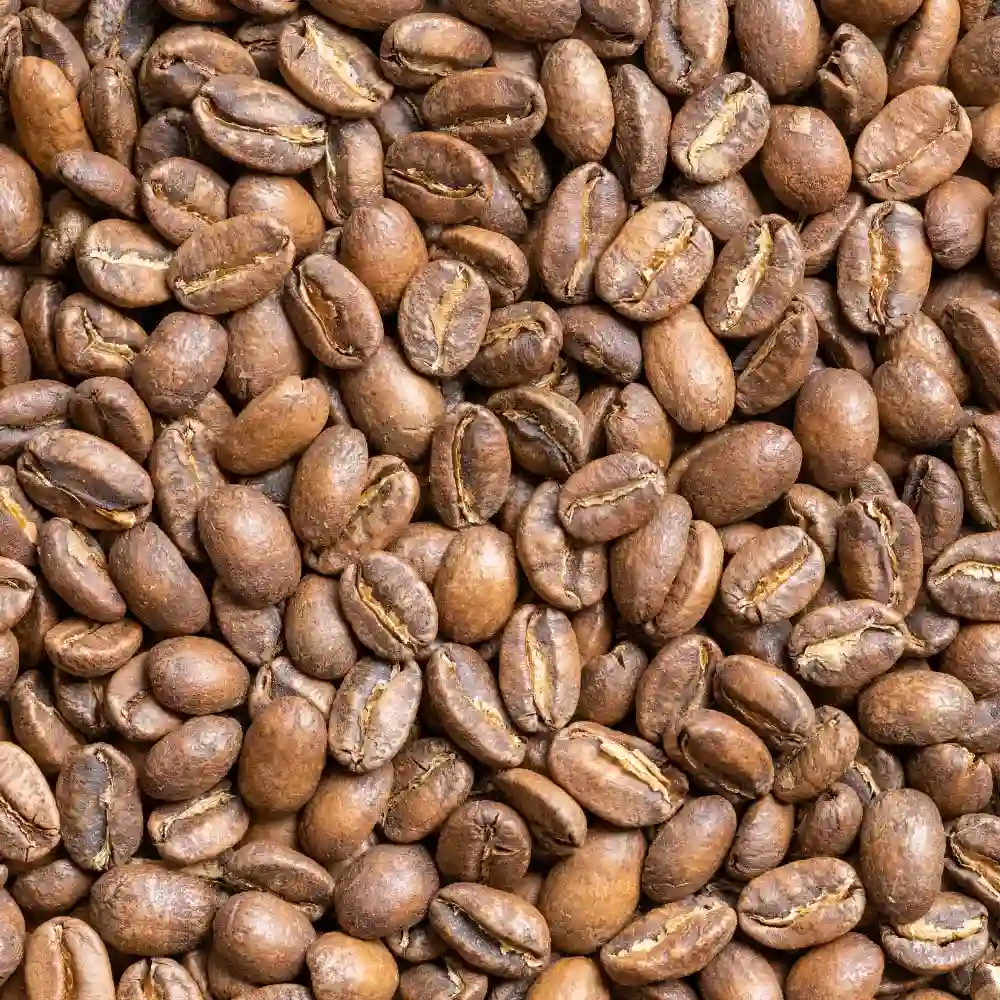
Breakfast blends are often light or medium roast coffees, prized for their smooth, mild flavor and bright acidity. These blends are specifically designed to be easy to drink, perfect for gently waking your senses in the morning without overwhelming your palate.
- Morning Joy: A breakfast blend aims to provide a sweet, balanced flavor profile that’s just right for a morning brew. It’s not too strong to overwhelm your taste buds, yet it offers enough flavor to invigorate your day.
- Pros: Breakfast blends are approachable and great for those who prefer a smoother, less intense coffee experience. They’re also perfect for pairing with a variety of breakfast foods.
- Cons: For those who prefer a bolder, stronger cup of coffee, a breakfast blend might come off as too mild. The flavor profile is generally more straightforward, with less of the complexity found in some single-origin or darker roast coffees.
Exploring the World of French Roast Blends
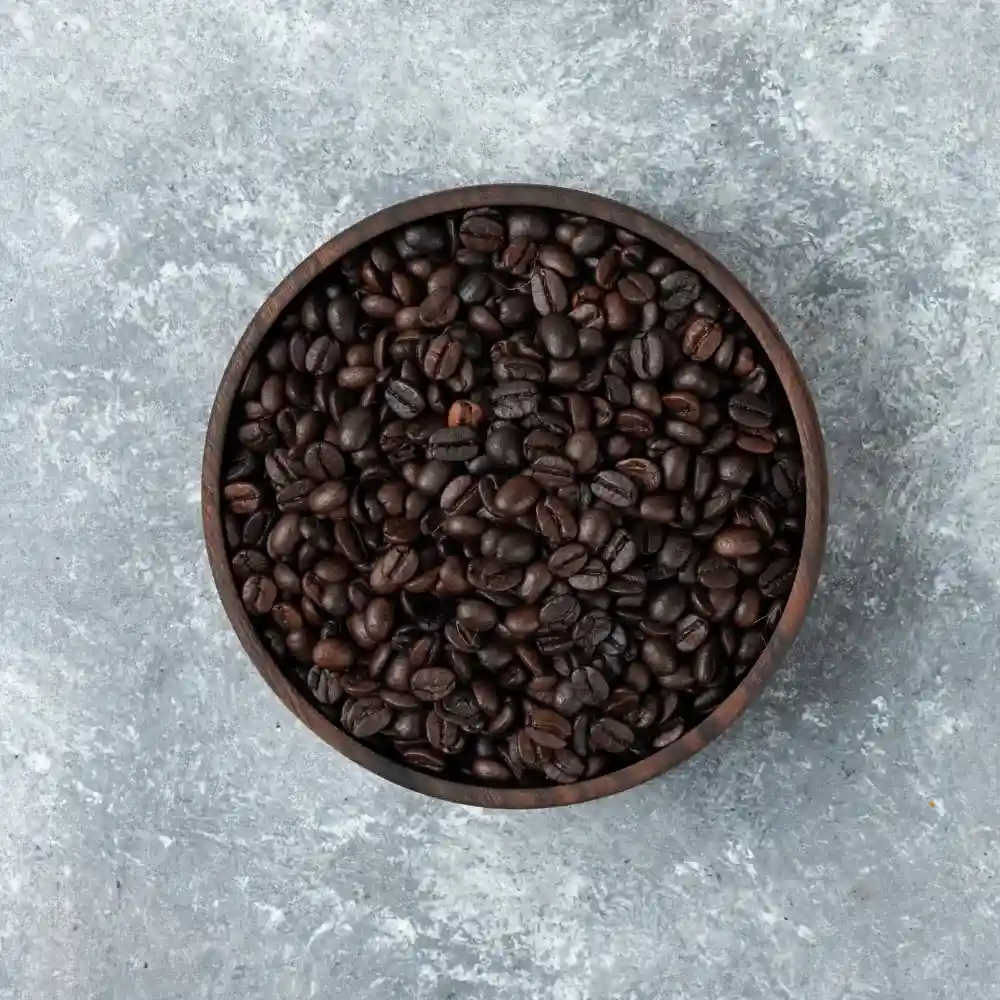
French Roast is not so much about the origin of the beans but the technique employed in roasting them. Characterized by a dark roast level, these blends offer bold, smoky flavors, with lower acidity, embodying a richness that many coffee lovers adore.
- Roast Impact: In French Roast blends, the roasting process takes center stage, transforming the beans into a deep, dark hue that teases out robust flavors and reduces acidity. This showcases the roaster’s skill and ability to control the roast to achieve the desired flavor profile.
- Pros: French Roast blends deliver a strong, full-bodied coffee experience, great for those who love an intense, bold cup of coffee. Their reduced acidity also makes them easier on the stomach for some people.
- Cons: The dark roasting process can sometimes mask the unique characteristics of the coffee beans. Those who enjoy tasting the nuanced flavors of different coffee origins might find French Roast too overpowering.
The Charm of Italian Roast Blends
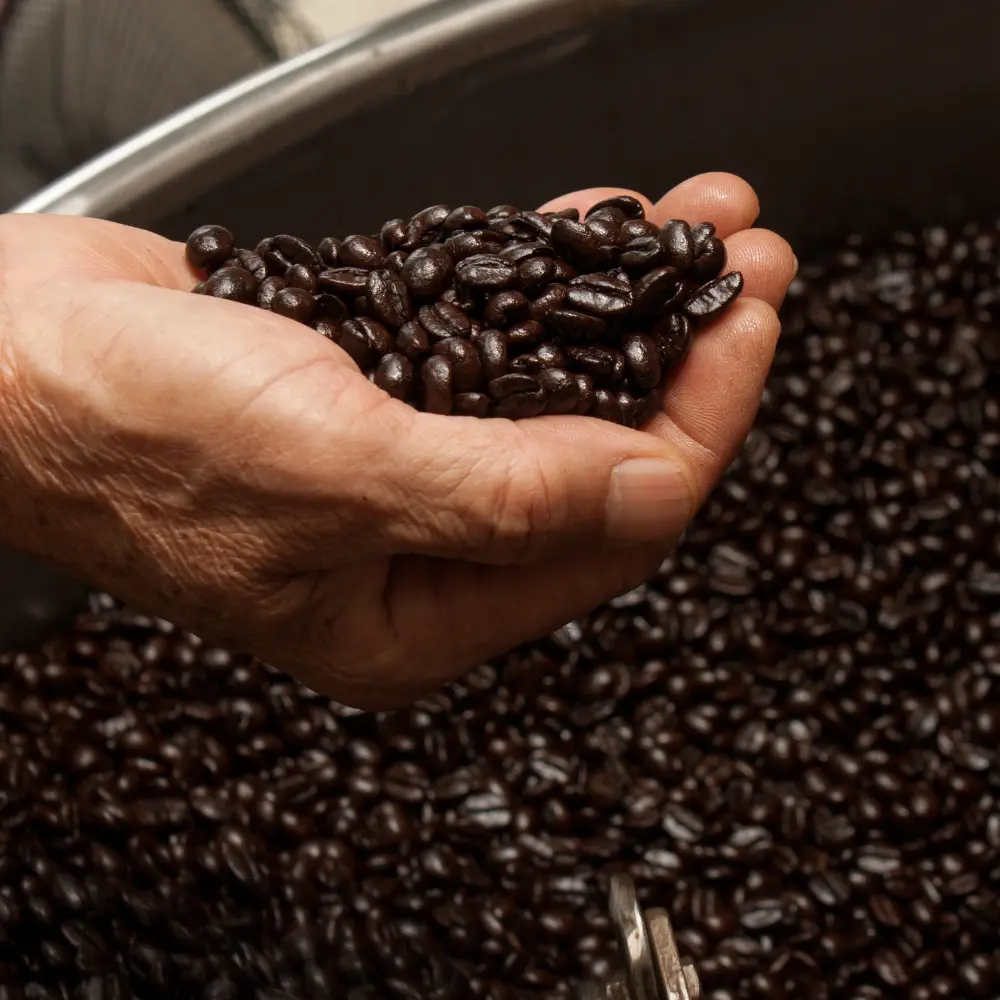
Italian Roast also refers not to bean origin but to the intensity of the roast. This style pushes the boundaries of dark roasting even further, leading to a robust, full-bodied brew with notes of caramel and a slight bitterness on the finish.
- Dark Pleasure: Italian Roast is often the choice for espresso due to its intense, robust flavor that can stand up to the concentrated brewing process.
- Pros: Italian Roast blends provide a bold, rich flavor, perfect for espresso or for those who enjoy their coffee strong. It can also produce a notable crema when brewed as an espresso.
- Cons: Similar to French Roast, the high roast level can overpower the individual characteristics of the beans. It might also be too intense or bitter for those who prefer a lighter, more balanced cup.
The Appeal of House Blend Coffees
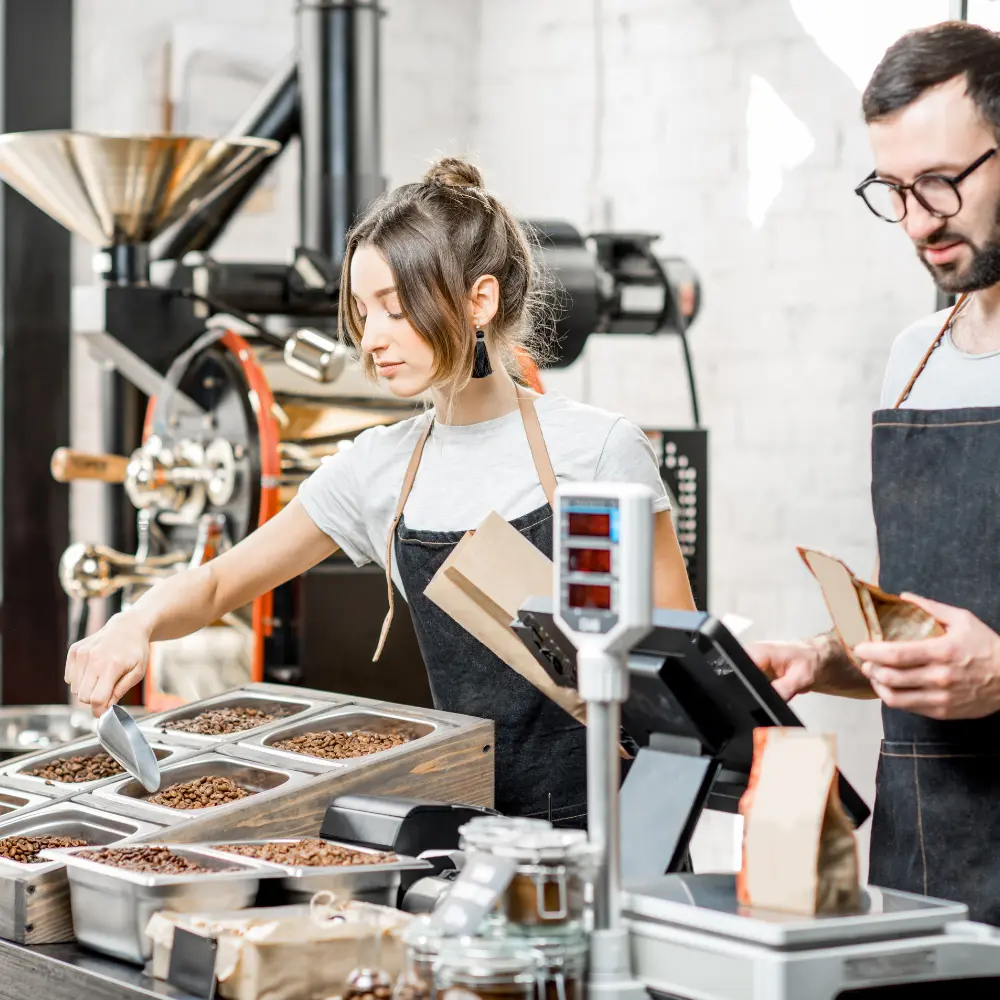
House blends are the coffee world’s equivalent of a signature dish. Crafted by individual coffee shops or roasters, they reflect the particular tastes, preferences, and craftsmanship of their creators. These blends can vary significantly, but they are typically designed to please a broad audience and represent the brand’s coffee philosophy.
- Signature Flavor: A house blend is a unique reflection of a coffee roaster’s style, craftsmanship, and quality. It allows the roaster to express their coffee philosophy and offer a consistent flavor profile that customers can come to know and love.
- Pros: House blends allow coffee drinkers to experience a unique, consistent flavor that can be associated with a specific coffee shop or brand. They also offer an accessible entry point for those new to the world of specialty coffee.
- Cons: Due to their goal of wide appeal, some house blends might lack the bold or distinctive flavors found in other blends or single-origin coffees. As they represent a specific roaster’s style, taste satisfaction may vary depending on personal preference.
Revealing the Magic of Christmas Blend Coffee
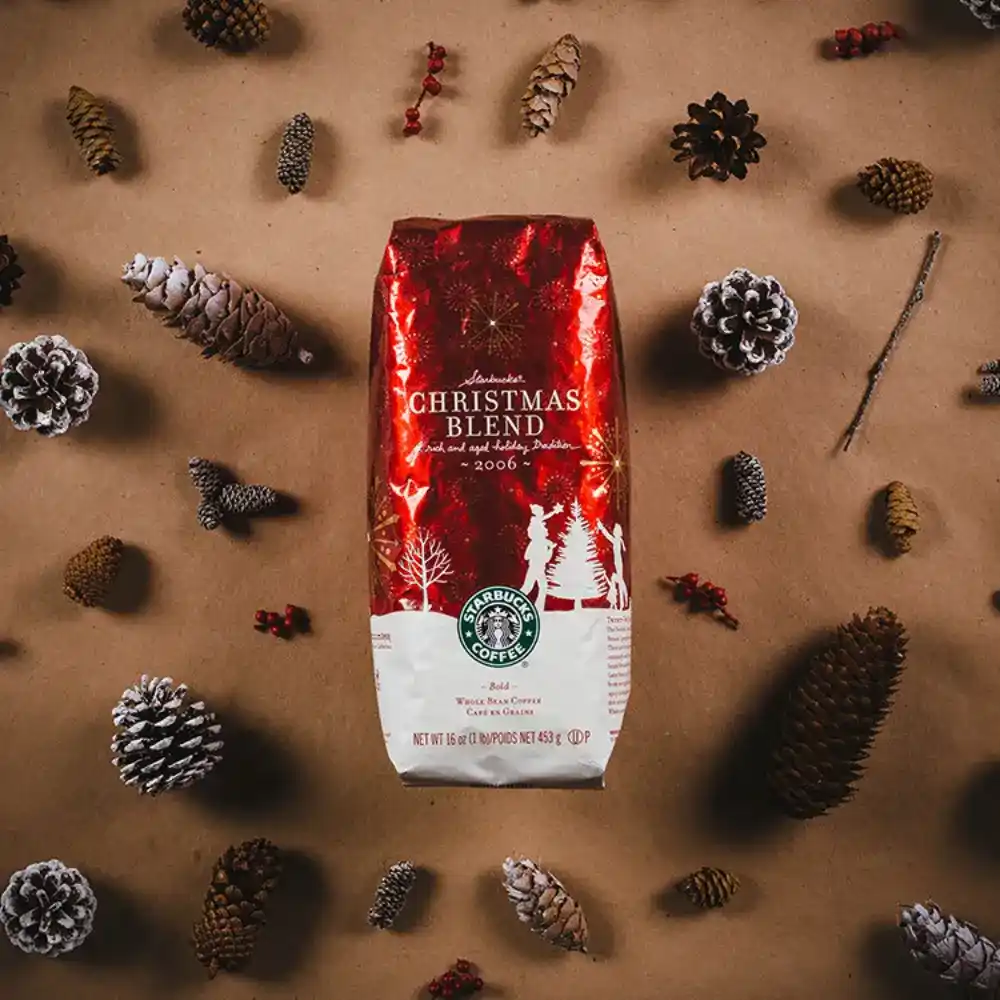
Christmas blend is a seasonal coffee, often reflecting warm, spicy, and sometimes chocolatey flavors that are reminiscent of the holiday season. The specifics vary from roaster to roaster, but these blends are typically designed to evoke a sense of warmth and festivity.
- Festive Spirit: Christmas blends are crafted with the joy and comfort of the holiday season in mind. They serve to add an extra layer of sensory delight to festive traditions, with each sip bringing about a celebration of flavor.
- Pros: Christmas blends make for a perfect festive treat or gift, offering a unique flavor profile that aligns with the season. They often encapsulate warmth and comfort, creating an emotional connection for the drinker.
- Cons: The seasonal nature means these blends are usually available only for a limited time. Their specific, often rich flavor profiles might not appeal to all coffee drinkers.
The Allure of After-Dinner Blend Coffees
After-dinner coffee mixtures are generally medium to dark roast coffees known for their full body and low acidity. They are specifically designed to complement the flavors of a hearty meal and often have rich, dessert-like notes such as chocolate or fruit.
- Dessert Complement: These blends often serve as the perfect finale to a meal, offering a smooth, relaxing coffee experience that complements dessert and aids digestion.
- Pros: After-dinner blends can heighten the overall dining experience, providing a tasteful conclusion to the meal. Their full-bodied profile and low acidity make them an enjoyable option for many people.
- Cons: Those who prefer a light or brightly acidic coffee might find after-dinner blends too heavy for their taste.
The Bold Intensity of Dark Roast Blends

Dark roast blends are characterized by a longer roast time, leading to a brew with bold, robust flavors, a full body, and lower acidity. The flavors lean toward the intense, often with notes of chocolate, nuts, and caramel.
- Intense Experience: Dark roast blends are for those who prefer strong, robust coffee. Their pronounced flavor profile and lower acidity make them a popular choice among many coffee drinkers.
- Pros: Dark roast blends are great for those who appreciate bold, rich flavors in their coffee. Their low acidity might also be more stomach-friendly for some coffee drinkers.
- Cons: Dark roasting can sometimes overshadow the original characteristics of the coffee beans, leading to a less varied flavor experience.
The Delicate Nature of Light Roast Blends
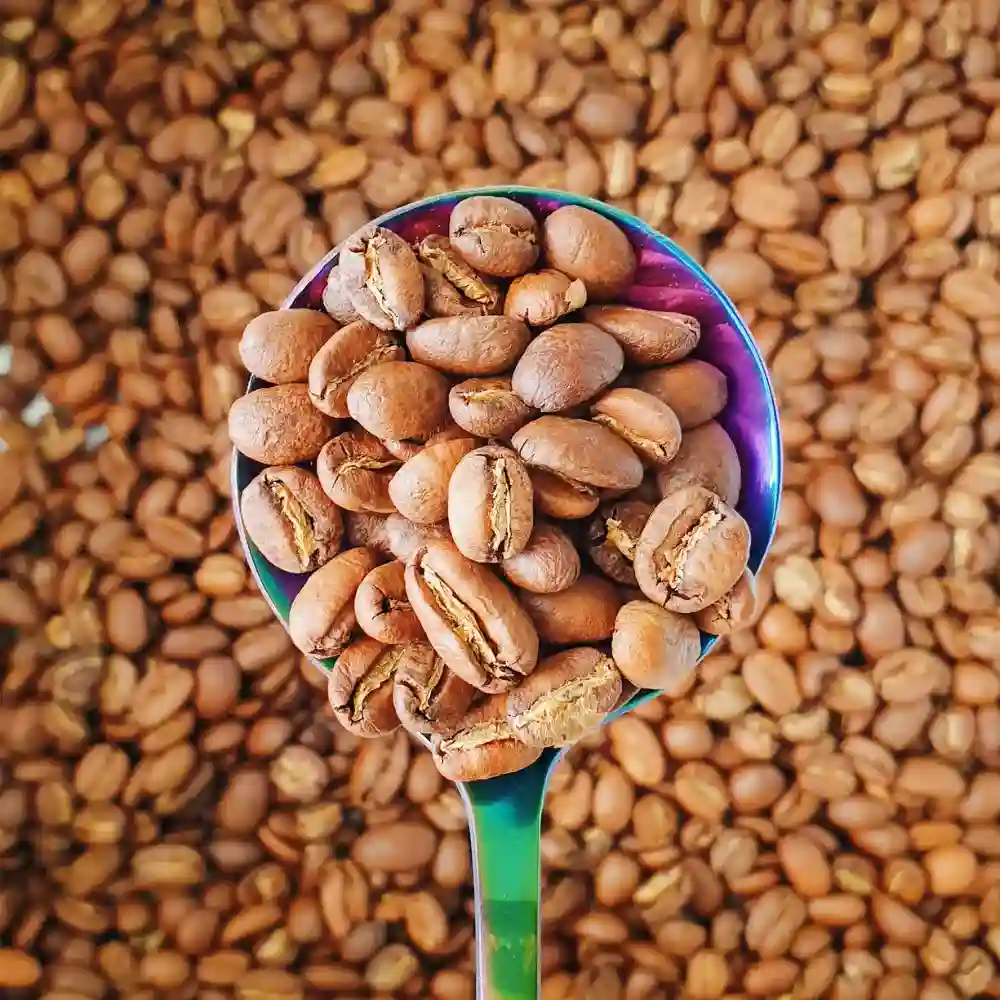
Light roast blends offer a counterpoint to their darker counterparts. The beans are roasted for a shorter time, preserving more of the beans’ original flavors. This results in a cup with higher acidity but also greater complexity and nuance, offering an intricate array of flavors ranging from fruity to floral to herbal.
- Intricate Complexity: Light roast blends are ideal for coffee adventurers who enjoy exploring the variety of flavors coffee can offer. They capture the essence of the coffee’s original characteristics, offering a vibrant and nuanced tasting experience.
- Pros: Light roast blends provide a more varied and complex flavor profile, allowing coffee lovers to taste the unique characteristics of the coffee’s origin. They are also typically higher in caffeine compared to darker roasts.
- Cons: The higher acidity can be off-putting for some, and those who prefer a more robust, straightforward coffee might find light roasts too delicate or complex.
The Process of Making Coffee Blends
Understanding the process of making coffee concoctions provides a unique perspective on the complexity and craftsmanship behind your cup of coffee. From selecting the right beans, through the roasting process, to understanding the impact of processing methods, let’s explore the journey from bean to blend.
The Journey from Bean to Blend
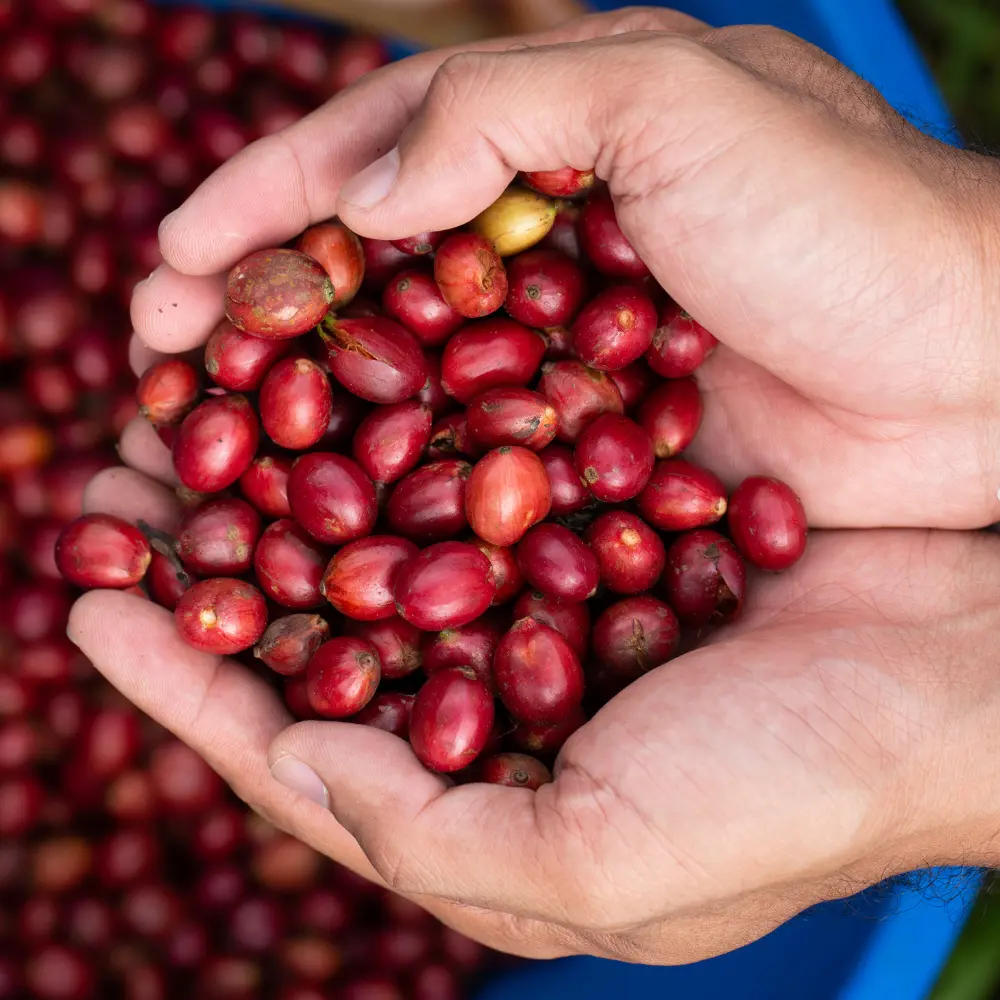
The process of creating a mixture starts with sourcing and selecting the beans. Master roasters source beans from different regions, each with unique flavors, aromas, and characteristics. These individual beans form the building blocks of a blend.
- Sourcing: Roasters source beans from around the world, looking for specific flavors that match their blending goals.
- Tasting and Selection: Once the beans are sourced, roasters evaluate them through a process known as cupping. This allows them to assess the beans’ flavor profiles and select the ones best suited for the blend.
- Blending: After selection, the beans are mixed in specific proportions to create the desired flavor profile. This process requires a keen palate and a deep understanding of how different beans interact with each other.
Decoding the Roasting Process for Coffee Blends

Roasting is where the magic truly happens, transforming green coffee beans into the aromatic brown beans we recognize. The roasting process greatly influences the flavor of the blend, with different roast levels leading to significant differences in taste.
- Roast Levels: Roast levels range from light to dark. Light roasts preserve more of the original bean flavors, while dark roasts develop stronger, bolder flavors as the beans are roasted longer.
- Post-Roast Blending: Some roasters prefer to roast different beans separately, allowing for optimal roast levels for each bean type. The beans are then blended after roasting.
- Pre-Roast Blending: In contrast, pre-roast blending involves roasting the beans together. This approach can create unique, harmonious flavors as the beans roast together.
The Impact of Processing Methods on Coffee Blends

Processing methods also play a significant role in shaping the flavors of a mixture. Processing refers to how the coffee cherries are processed to extract the green coffee beans.
- Washed (or Wet) Process: This method results in coffee with cleaner flavors and higher acidity. It’s often used in blends to add brightness and clarity.
- Natural (or Dry) Process: This method often leads to coffee with more body and sweeter, fruitier flavors. These beans can add depth and complexity to a blend.
- Honey (or Semi-Washed) Process: This method is a middle ground between washed and natural processing, often resulting in coffee with both sweetness and clarity.
Understanding these processes brings us closer to appreciating the complex journey that each mixture undertakes before reaching our cup. It’s a testament to the craft and care that roasters pour into each blend, aiming to deliver the best sensory experience to coffee lovers around the world.
How to Choose the Right Coffee Blend for You
With a world of coffee blends at your disposal, choosing the right one can seem daunting. But fear not, as we’re here to guide you through the process. Let’s consider the factors that influence your coffee choice, decode coffee labels, and learn how to taste and evaluate these concoctions effectively.
Factors to Consider When Choosing Coffee Blends

Finding the right composition is a personal journey, influenced by several key factors:
- Flavor Preference: Each blend offers different flavors, from sweet and fruity to bold and smoky. Think about the flavors you enjoy most in a coffee.
- Roast Level: Light, medium, or dark roast? Your preference here will greatly impact the flavors in your cup.
- Brewing Method: Different blends may suit different brewing methods. For example, bold dark roasts often work well for espresso, while lighter roasts might shine in pour-over brewing.
- Origin: Some coffee lovers enjoy exploring beans from specific regions or countries, each of which can contribute unique flavors to a blend.
Decoding Coffee Labels: What to Look For
Coffee labels can provide a wealth of information to help guide your decision:
- Blend Name: This might give clues to the coffee’s flavor profile or the roaster’s intent. For example, “breakfast blend” often implies a light, easy-drinking coffee.
- Roast Level: Many labels will specify if the coffee is a light, medium, or dark roast.
- Tasting Notes: Some roasters provide tasting notes, offering a glimpse into the coffee’s flavor profile.
- Bean Origins: Labels often list the countries or regions where the beans were grown. This can hint at certain flavor characteristics.
- Roasting Date: Coffee is best enjoyed within a month of its roasting date. Freshness matters!
Tasting and Evaluating Coffee Blends

Tasting, or “coffee cupping“, is a critical step in evaluating blends. Here’s a simplified version of the process you can do at home:
- Smell: Start by smelling the coffee. What aromas do you notice? These often hint at the flavors you’ll taste.
- Slurp: Professional tasters use a slurping method to spray the coffee across their taste buds, which helps detect various flavors.
- Taste: Sip the coffee, paying attention to its flavor. Is it fruity, nutty, chocolaty, spicy, or something else?
- Assess: Think about the coffee’s body (how it feels in your mouth), acidity (how “bright” or “crisp” it tastes), and aftertaste.
By considering these factors, you’ll be well-equipped to navigate the world of coffee blends and discover the ones that most delight your palate. Remember, the best concoction is the one that tastes best to you!
The Impact of Coffee Blends on the Global Coffee Culture
Coffee mixtures play a significant role in shaping global coffee culture. They carry cultural significance, drive trends in the specialty coffee industry, and continually evolve to meet changing consumer preferences. In this section, we’ll explore how coffee blends contribute to our global coffee tapestry.
Coffee Blends and Their Cultural Significance
These blends are more than just a mix of beans – they often carry cultural narratives and reflect historical trade routes. As discussed earlier, consider, for instance, the Mocha-Java blend. This mix not only combines beans from Yemen and Indonesia but also recalls the centuries-old coffee trade routes.
- Historical Significance: Many combinations bear testament to the historical journeys of coffee, from its ancient origins to its global spread.
- Cultural Experience: Coffee blends can offer a multi-origin tasting experience, giving us a taste of different coffee cultures in one cup.
How Coffee Blends Shape the Specialty Coffee Industry
In the specialty coffee industry, these concoctions play a pivotal role. They allow roasters to express their artistry, creating unique flavor profiles that distinguish their brand.
- Roasters’ Canvas: For roasters, coffee blends are an opportunity to showcase their craftsmanship, balancing different beans to create something unique.
- Consumer Appeal: Blends often have a broader appeal than single-origin coffees, as they can offer a balanced, consistent flavor profile.
The Future of Coffee Blends: Trends to Watch
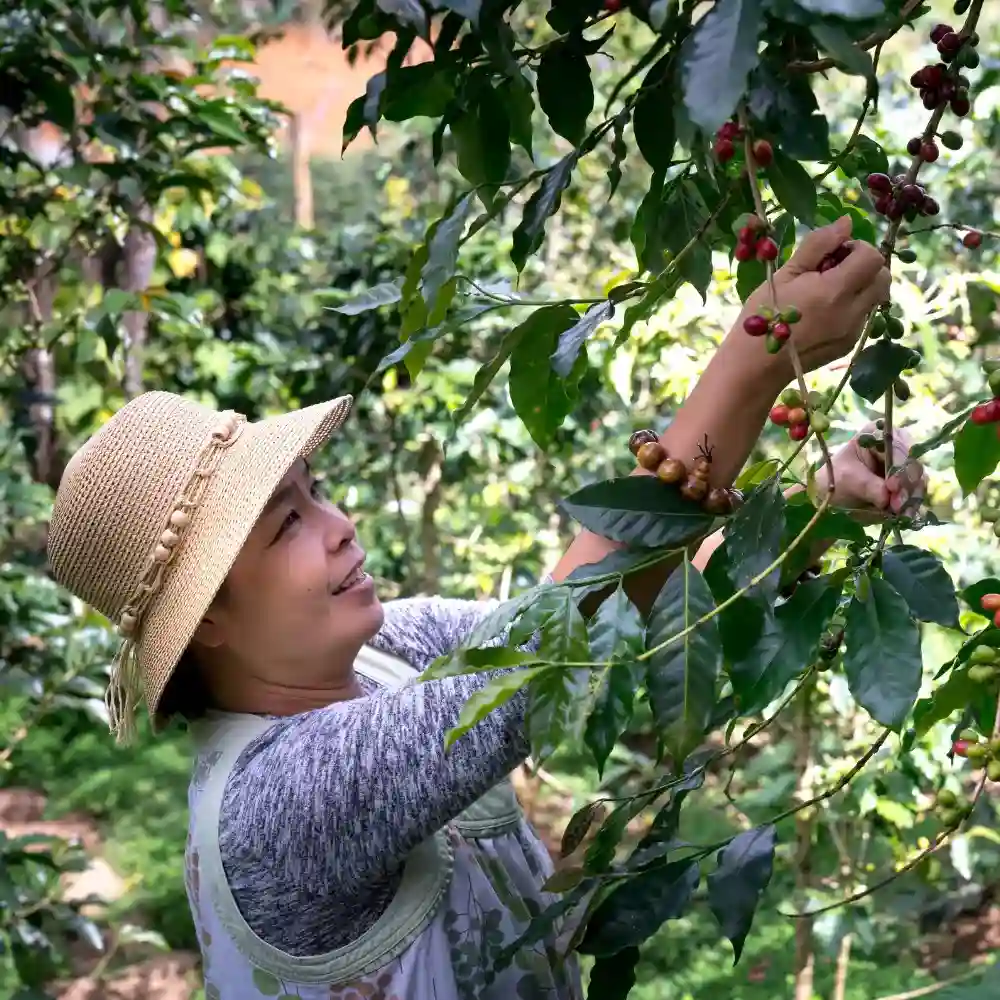
As coffee culture continues to evolve, so do trends in coffee blending. Here are a few to watch:
- Sustainability: As consumers become more eco-conscious, we’re likely to see an increase in blends featuring sustainably and ethically sourced beans.
- Transparency: Consumers are showing a growing interest in understanding where their coffee comes from. This may lead to more blends with fully traceable beans.
- Seasonal Blends: Seasonal and limited-edition blends are gaining popularity, offering roasters a chance to experiment and consumers an opportunity to explore new flavors.
In essence, these mixtures are an integral part of our global coffee culture, shaping industry trends, reflecting our histories, and continually evolving to meet our tastes.
Conclusion: Celebrating the Symphony of Coffee Blends
As we conclude our immersive journey into the realm of these blends, it becomes apparent that the world of coffee is as complex as it is diverse. From the art of blending to the intricate process of roasting, from understanding the historical legacy of these concoctions to forecasting future trends, each aspect contributes to the multifaceted orchestra.
The universe of blends, be it a breakfast blend coffee to start your day or an after-dinner blend to round off a meal, caters to the palates and preferences of every coffee lover out there. With a range of flavors and intensities on offer, every cup has the potential to be a unique sensory experience.
Whether you’re a fan of the bold Italian roast, the delicate light roast, or the richly festive Christmas blend, there is undoubtedly a blend that fits your taste profile. The exploration of these mixtures opens up avenues of taste and experiences, transforming the act of drinking coffee from a mere routine into an enriching ritual.
So, the next time you sip on your favorite blend or venture out to try a new one, remember the art, science, and legacy that has brewed your perfect cup. In the end, the world of these concoctions is a testament to the diversity and versatility of coffee, affirming its rightful place as one of the most loved beverages globally.
Here’s to the magic of coffee blends – their past, their present, and their exciting future.
FAQ
How are coffee blends created?
These compositions are created by roasting and mixing different types of coffee beans in specific ratios to achieve a balanced flavor profile.
How do I choose the best coffee blend for my taste?
Choosing the best blend for your taste involves understanding your flavor preferences, reading coffee labels, and experimenting with different blends to find what you enjoy the most.
What is the difference between single-origin coffee and coffee blends?
Single-origin coffee is sourced from a single geographical location and tends to have a unique, distinct flavor. In contrast, coffee blends are a mix of beans from different origins, providing a balanced and consistent flavor.
How does the blending and roasting process affect the taste of coffee?
The blending process influences the balance of flavors in the coffee, while the roasting process affects the intensity of flavors – darker roasts yield bolder, full-bodied flavors, whereas lighter roasts retain more of the beans' original, complex flavors.






















































